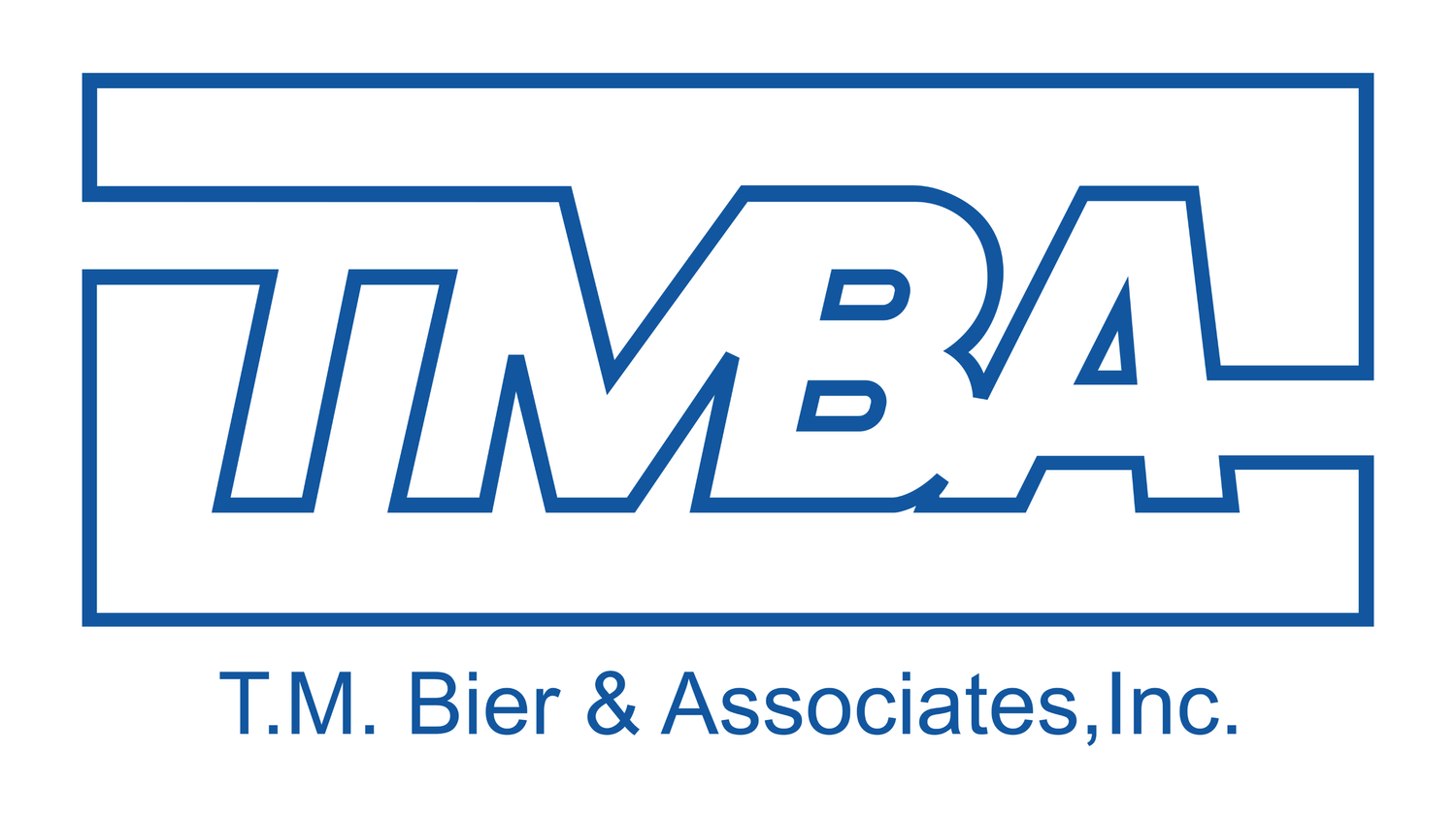Integrating Chillers with Building Management Systems: Unleashing the Power of Your HVAC
In today's digital age, managing a building's various systems efficiently and effectively has become increasingly important. A centralized control system, known as a Building Management System (BMS), can greatly simplify this task by allowing facility managers to monitor and control these systems from a single panel. Among the many components that can benefit from BMS integration is the HVAC chiller system. This article delves into the world of chillers and chiller management systems, their interaction with BMS, and the significant role of a BMS integrator in facilitating and optimizing control over a building's systems.
What is a Chiller?
A chiller is an integral part of the HVAC system in many commercial, industrial, and institutional buildings. Its primary function is to generate cool liquid that circulates through pipes in a building's HVAC system, absorbing heat from the air and thereby cooling and dehumidifying the building's interior spaces. This process is vital in maintaining a comfortable and consistent temperature for occupants, be it employees in an office, patients in a hospital, or machinery in an industrial facility.
For example, in a high-rise office building, a chiller can help counteract the heat generated by people, computers, and sunlight, maintaining a comfortable working environment. In an industrial setting, chillers might cool the oil used in machinery, preventing overheating and ensuring smooth operation. Without chillers, these buildings would quickly become uncomfortably hot, especially in the warmer months or in climates with high temperatures.
What Is A Chiller Management System?
The chiller management system is the control center of this complex process. It's responsible for continually monitoring and adjusting parameters such as temperature, pressure, and flow rates, ensuring that the chiller is working efficiently and safely. The system can also detect and alert operators to potential issues, preventing minor problems from escalating into serious faults that could lead to costly repairs or downtime.
However, managing a chiller system along with other HVAC components can present a challenge. Each system has its unique parameters and requirements, and manually monitoring and adjusting them can be time-consuming and prone to errors. Imagine the difficulty of trying to balance the cooling needs of a large office building, with different zones requiring different temperatures, while also keeping energy consumption in check. A building's HVAC system is a delicate balance, and maintaining that balance requires a high level of expertise and constant attention. This is where the integration of a chiller management system with a Building Management System comes into play, simplifying control and improving efficiency.
Integrating Chillers with Building Management Systems
A Building Management System (BMS) is a centralized, computer-based control system that manages and controls the building's mechanical and electrical systems, which include heating, ventilation, air conditioning (HVAC), lighting, power systems, fire systems, and security systems. When integrated with a BMS, chillers become a part of this centralized control, allowing for precise management and streamlined operations.
A BMS integrator can program the BMS to control the chiller and other HVAC components based on various factors such as ambient temperature, occupancy, and energy demand. For instance, the BMS could be programmed to reduce chiller output during off-peak hours or when the building is unoccupied, leading to significant energy savings. This integration also allows facility managers to easily monitor the chiller's performance and quickly address any issues from the BMS console, eliminating the need to physically check the chiller.
The Role of a Building Management Systems Integrator
A BMS Integrator serves as the linchpin that unifies disparate systems within a building, including the chiller management system, into a cohesive, centralized control system. Their role is not only complex and challenging, but it also requires a unique blend of expertise, precision, and technological savvy.
The task of integrating a building's varied systems is a complex puzzle that poses several challenges. Each system – from the HVAC and lighting to security and fire safety systems – has its own set of unique parameters, controls, and protocols. Ensuring that these systems communicate effectively with each other and the central BMS can be a daunting task.
For example, integrating a chiller management system with a BMS involves establishing a communication protocol between the two systems, configuring the BMS to control and monitor the chiller based on the building's specific needs, and setting up alerts for potential issues. This process requires a deep understanding of both systems and the ability to troubleshoot any issues that might arise.
This is where the necessity of hiring a skilled and experienced BMS integrator becomes evident. An expert BMS integrator has the knowledge and experience to navigate these challenges effectively. They understand the complexities of different systems and can ensure that they are integrated in a way that maximizes efficiency, reliability, and ease of use.
Moreover, an experienced BMS integrator can customize the BMS to fit the unique needs of the building and its occupants. They can program the BMS to control the HVAC system based on occupancy, time of day, or energy demand, leading to significant energy savings and improved comfort. They can also set up a dashboard that allows facility managers to monitor and control all the building's systems from a single console, simplifying management and operations.
In essence, hiring an experienced BMS integrator is an investment in the building's future. They can turn a complex network of different systems into a streamlined, efficient, and easy-to-manage control center. This centralization not only simplifies operations but also provides a holistic view of the building's performance, enabling facility managers to make informed decisions that enhance efficiency, comfort, and safety. The importance of their role in modern building management cannot be overstated.
Conclusion
In an era where efficiency and control are paramount, integrating your chiller with your Building Management System could be the key to optimizing your building's operations. With the help of a BMS integrator, facility managers can enjoy a streamlined, centralized control system that enhances operational efficiency, reduces energy consumption, and improves overall building performance. By taking this step, you are not only investing in the present but also future-proofing your building for a more sustainable tomorrow. Get started today with T.M. Bier & Associates by contacting us using the button below!


